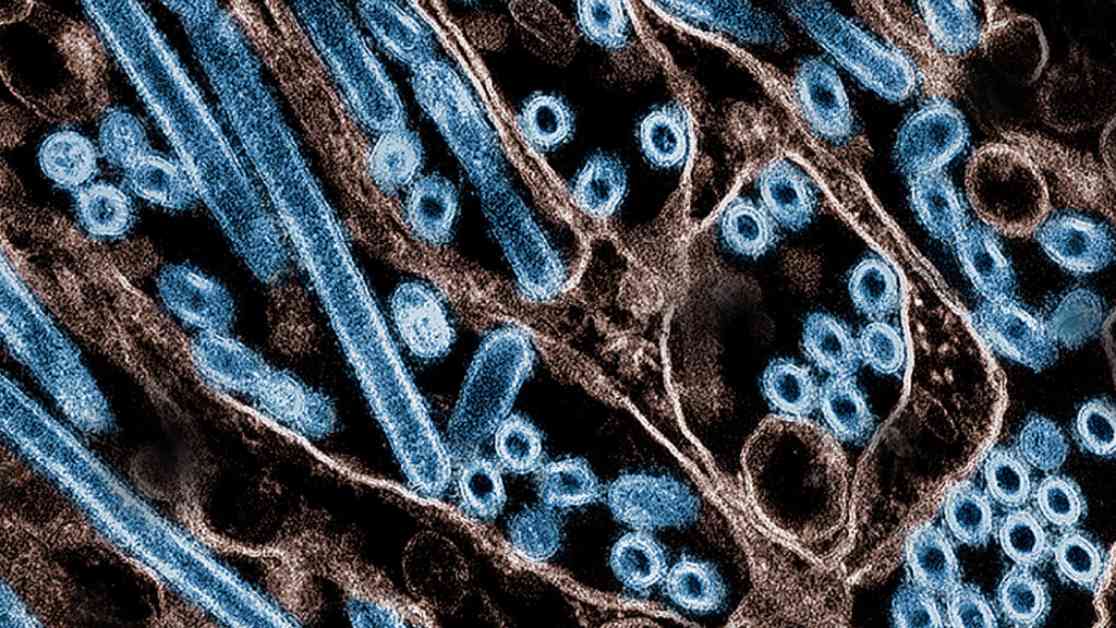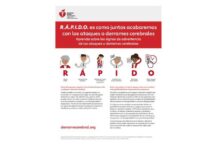Mysterious Origin of Missouri H5 Bird Flu Case Baffles CDC
The Centers for Disease Control and Prevention (CDC) is facing a perplexing mystery in Missouri, where a person has been infected with an H5 bird flu virus despite having no known exposures to animals or poultry. This unusual case has left disease investigators scratching their heads as they try to determine how the virus made its way to an individual seemingly unconnected to the typical sources of avian flu.
Principal deputy director of the CDC, Nirav Shah, provided updates on the ongoing investigation during a news briefing, revealing that the agency has not been able to pinpoint the exact subtype of the H5 virus due to the low amount of RNA in the patient’s specimen. This limitation has hindered efforts to generate a full genetic sequence of the virus, making it challenging to identify the source of the infection.
Despite the lack of concrete answers, Shah emphasized that there is no evidence of the virus spreading beyond the initial case, suggesting that this may be an isolated incident with no further transmission. He compared the task of investigating such cases to finding needles in haystacks, acknowledging the complexity of tracing the origin of novel flu viruses without clear sources of infection.
Hemagglutinin, the surface protein responsible for the H5 classification of the virus, has been found to be closely related to H5 viruses circulating in dairy cow herds across multiple states. However, Missouri is not among the states that have reported outbreaks in dairy cattle, adding another layer of intrigue to the situation.
The timeline of the H5N1 outbreak in the U.S. provides some context for understanding the potential source of the virus. Since its identification as the cause of decreased milk production in dairy cattle in late March, the virus has spread to 203 infected herds, with origins likely traced back to infected wild birds in the Texas Panhandle. The virus is believed to have entered cattle populations, leading to subsequent transmission between cows and farms.
The individual in Missouri who contracted the H5 bird flu virus was admitted to the hospital on Aug. 22 with symptoms not typically associated with influenza, including chest pain, nausea, vomiting, diarrhea, and weakness. The patient had pre-existing health conditions, complicating the diagnosis process and leading to the discovery of the mysterious infection through a flu test.
Shah highlighted the importance of exploring potential sources of infection, noting that investigations into novel flu viruses often face challenges in tracing back the origin of human infections. He cited previous cases of swine flu infections in the U.S., where a significant portion of cases had no identifiable contact with pigs or other infected individuals, underscoring the elusive nature of some viral transmissions.
In response to the Missouri H5 case, the CDC is collaborating with commercial companies to develop diagnostic tests for H5N1, anticipating potential future needs for testing capabilities. By engaging commercial testing partners early in the process, the agency aims to avoid the pitfalls experienced during the initial response to the Covid-19 pandemic, where delays in test development hindered the country’s ability to contain the virus.
Five companies, including Aegis, ARUP, Ginkgo BioWorks, Labcorp, and Quest, have been enlisted to assist in developing H5N1 tests, with a focus on preparing for future outbreaks and enhancing the country’s testing infrastructure. In addition to H5N1 tests, the companies are tasked with developing tests for the Oropouche virus, a comprehensive approach aimed at strengthening the nation’s preparedness for emerging infectious diseases.
The initiative to invest in diagnostic test development aligns with broader efforts to enhance surveillance and response capabilities for infectious diseases, ensuring that the U.S. is better equipped to detect and contain potential outbreaks in a timely manner. By proactively engaging commercial partners and allocating resources to test development, the CDC aims to bolster its readiness for future public health challenges.
In a related development, the U.S. Department of Agriculture (USDA) has deployed bulk tank testing in California to assess the extent of the H5N1 outbreak in the state, which is a major dairy-producing region. Following the detection of the bird flu virus on three farms in the Central Valley, additional testing has uncovered five more infected herds with connections to the initial cases, highlighting the need for comprehensive surveillance measures to contain the spread of the virus.
The collaborative efforts between federal agencies, state health departments, and commercial partners reflect a proactive approach to addressing public health threats and enhancing response capabilities in the face of emerging infectious diseases. By leveraging expertise from diverse sectors and investing in innovative testing technologies, the U.S. is better positioned to mitigate the impact of future outbreaks and safeguard the health of the population.
As the investigation into the mysterious Missouri H5 bird flu case continues, the CDC remains committed to unraveling the origins of the virus and preventing further transmission. Through ongoing surveillance, testing, and collaboration with key stakeholders, the agency aims to enhance its ability to respond to emerging infectious diseases and protect the public from potential health threats.

















